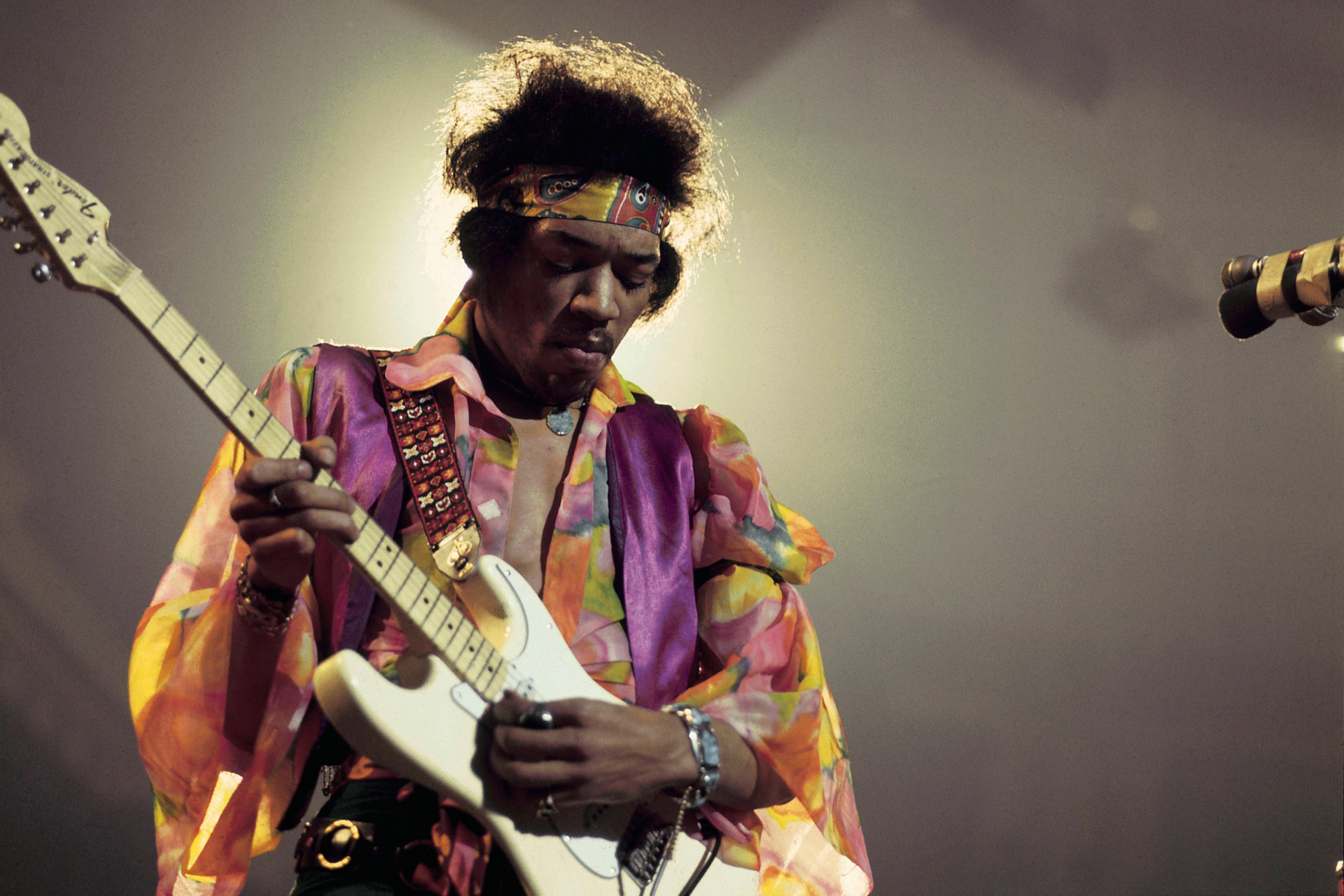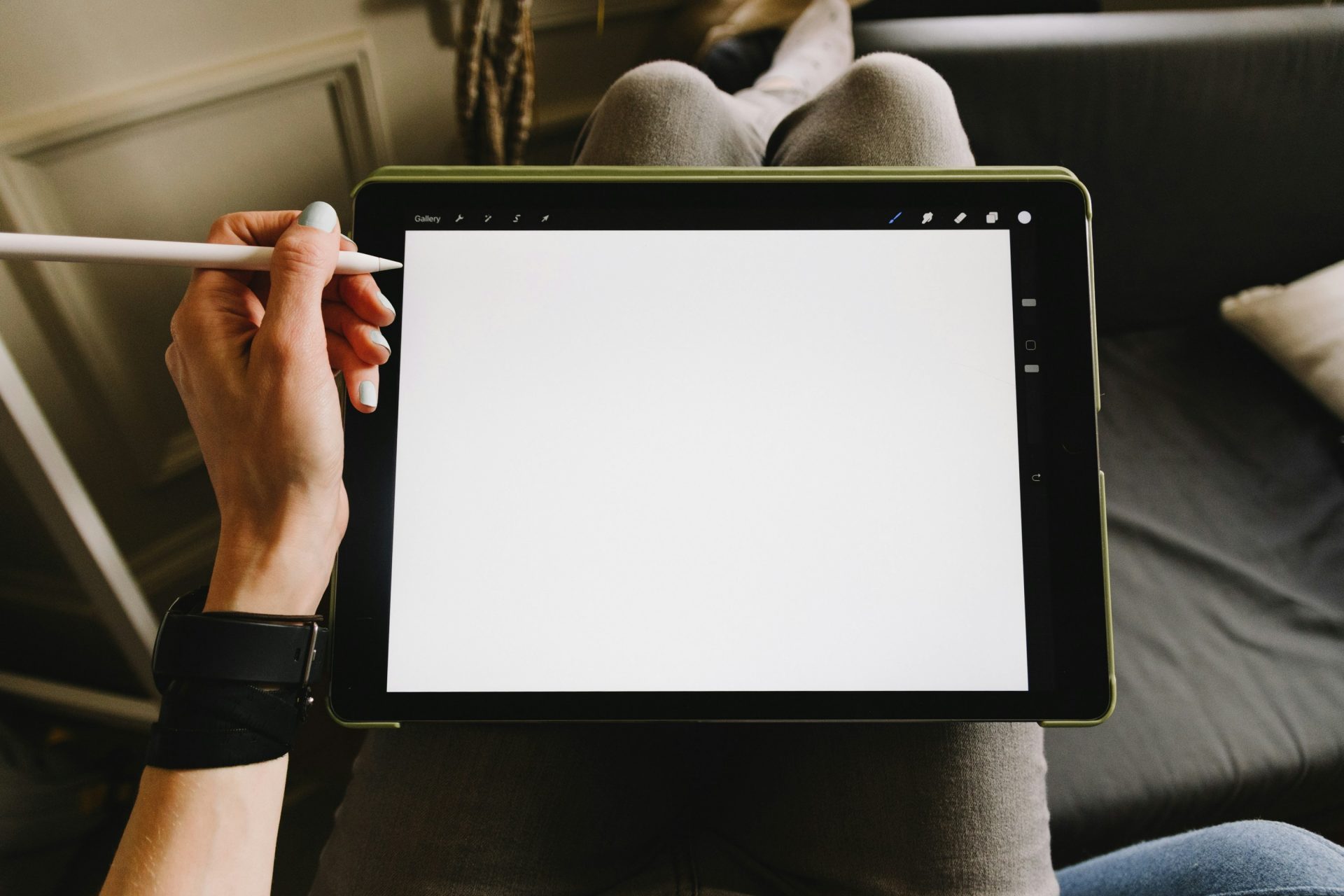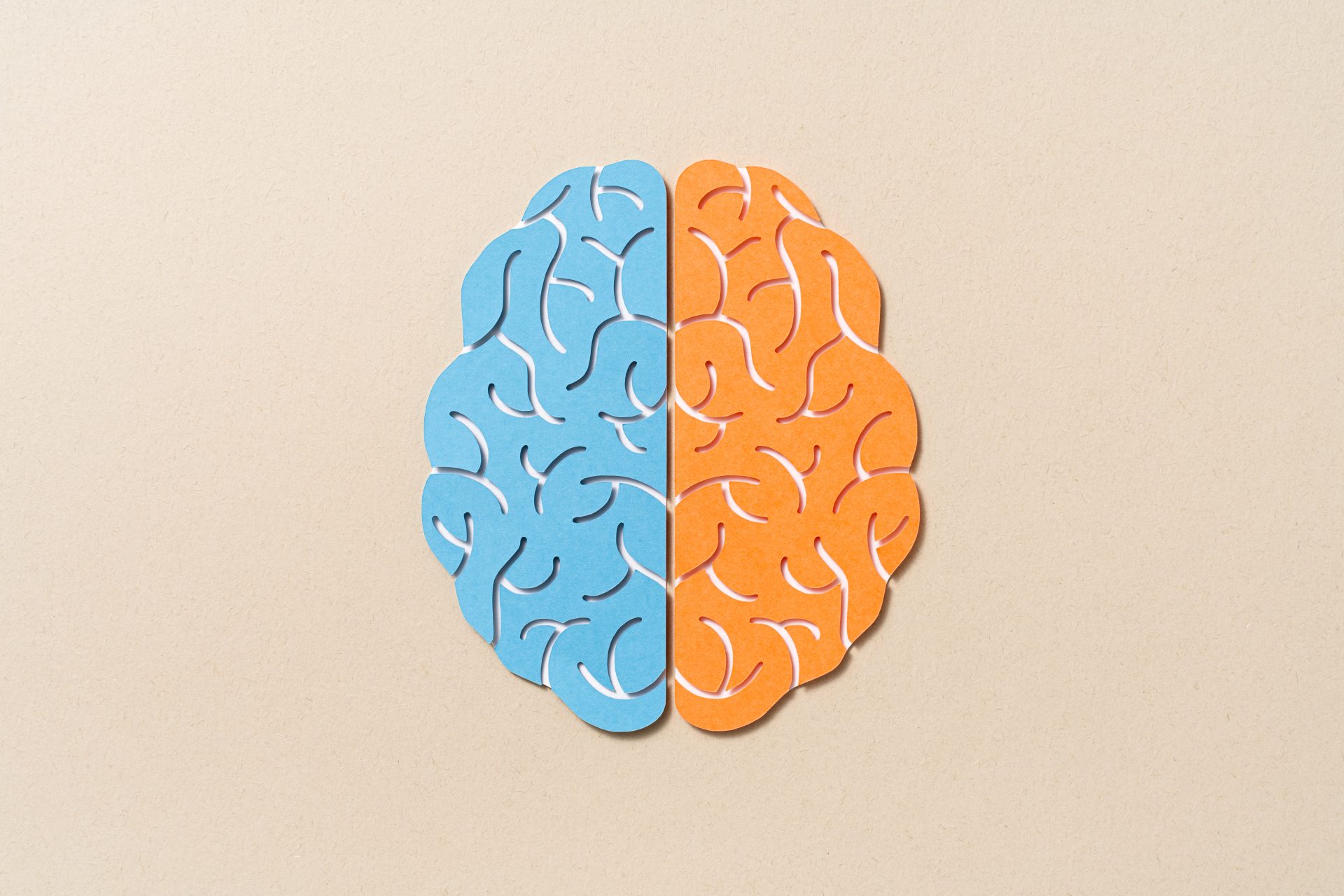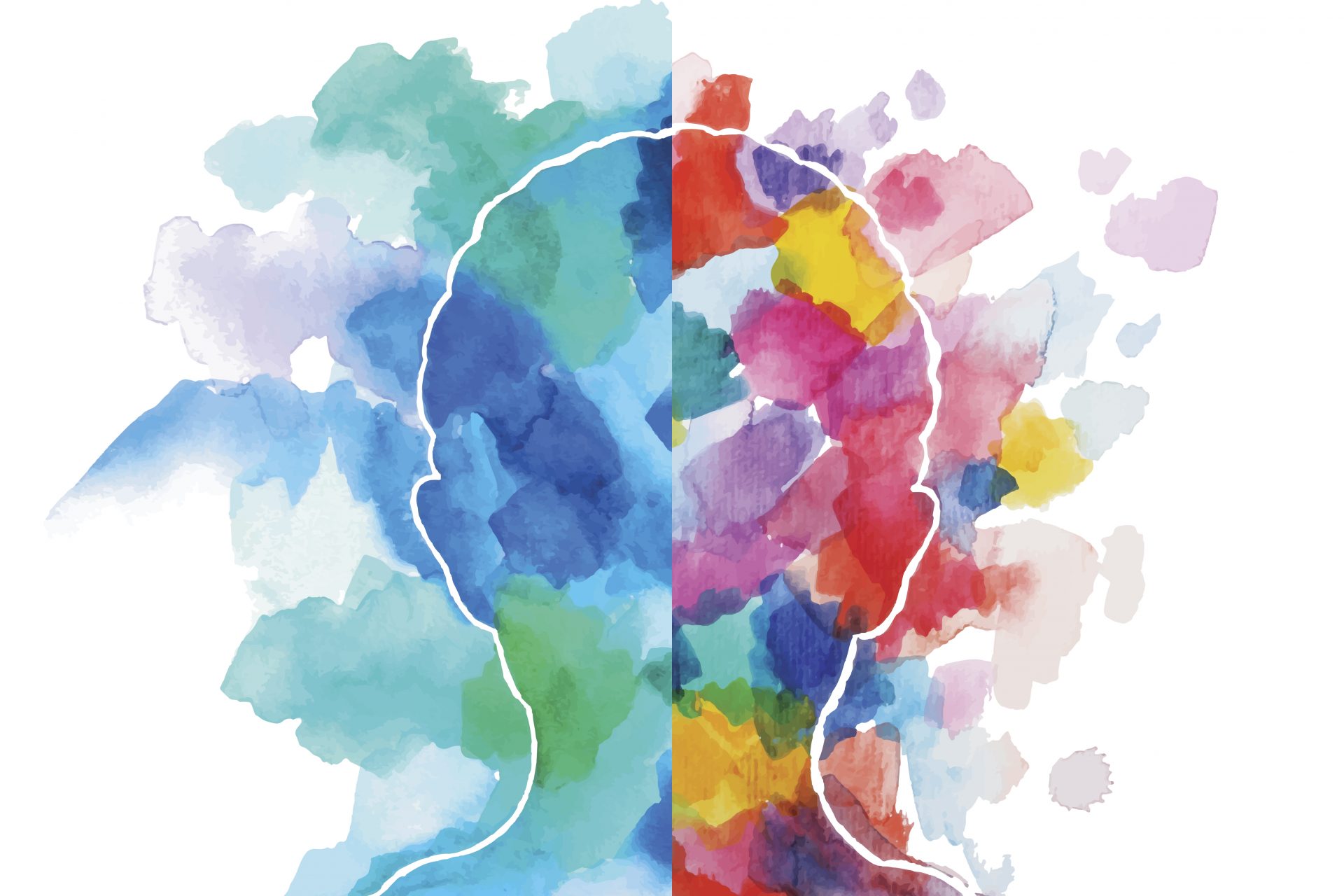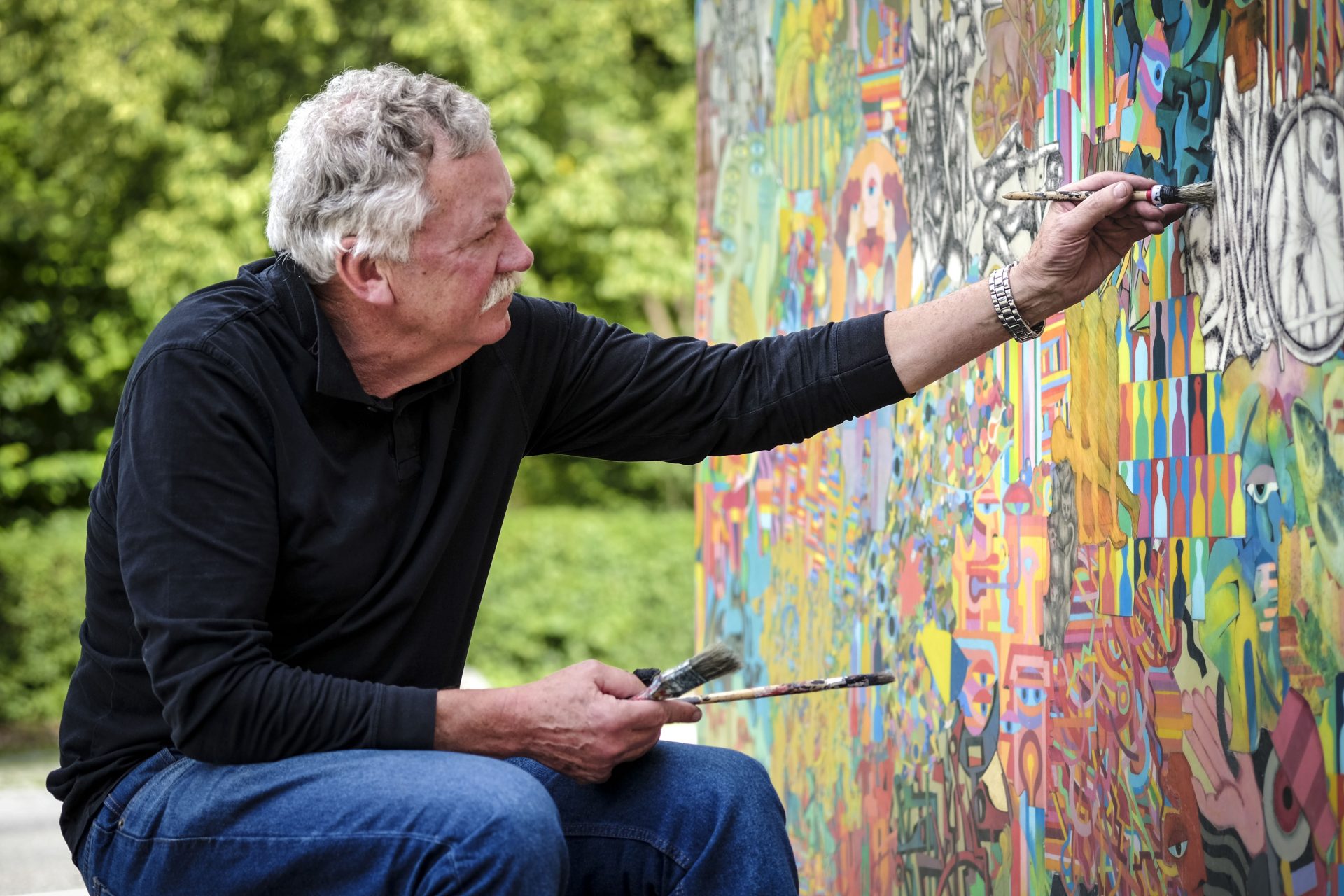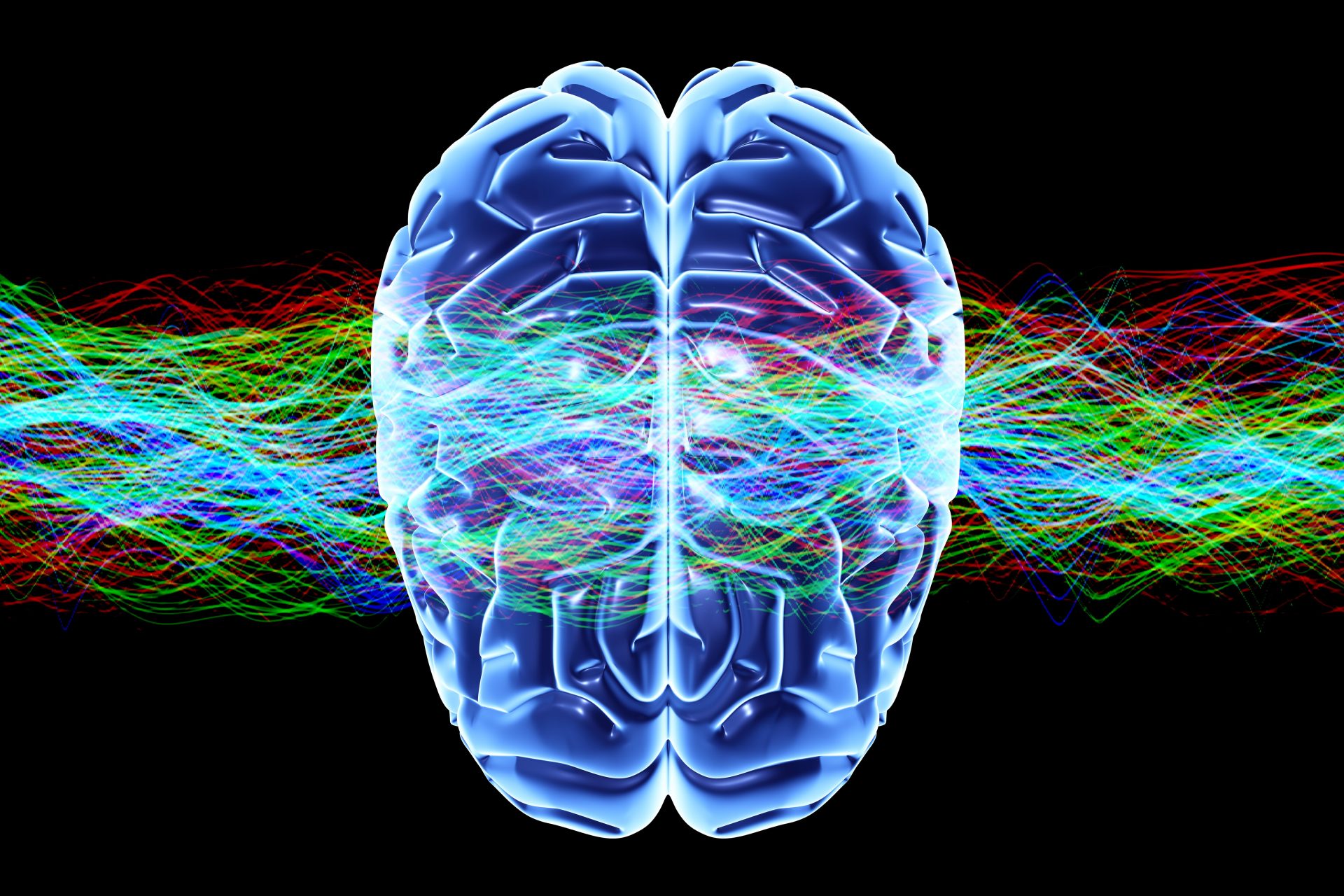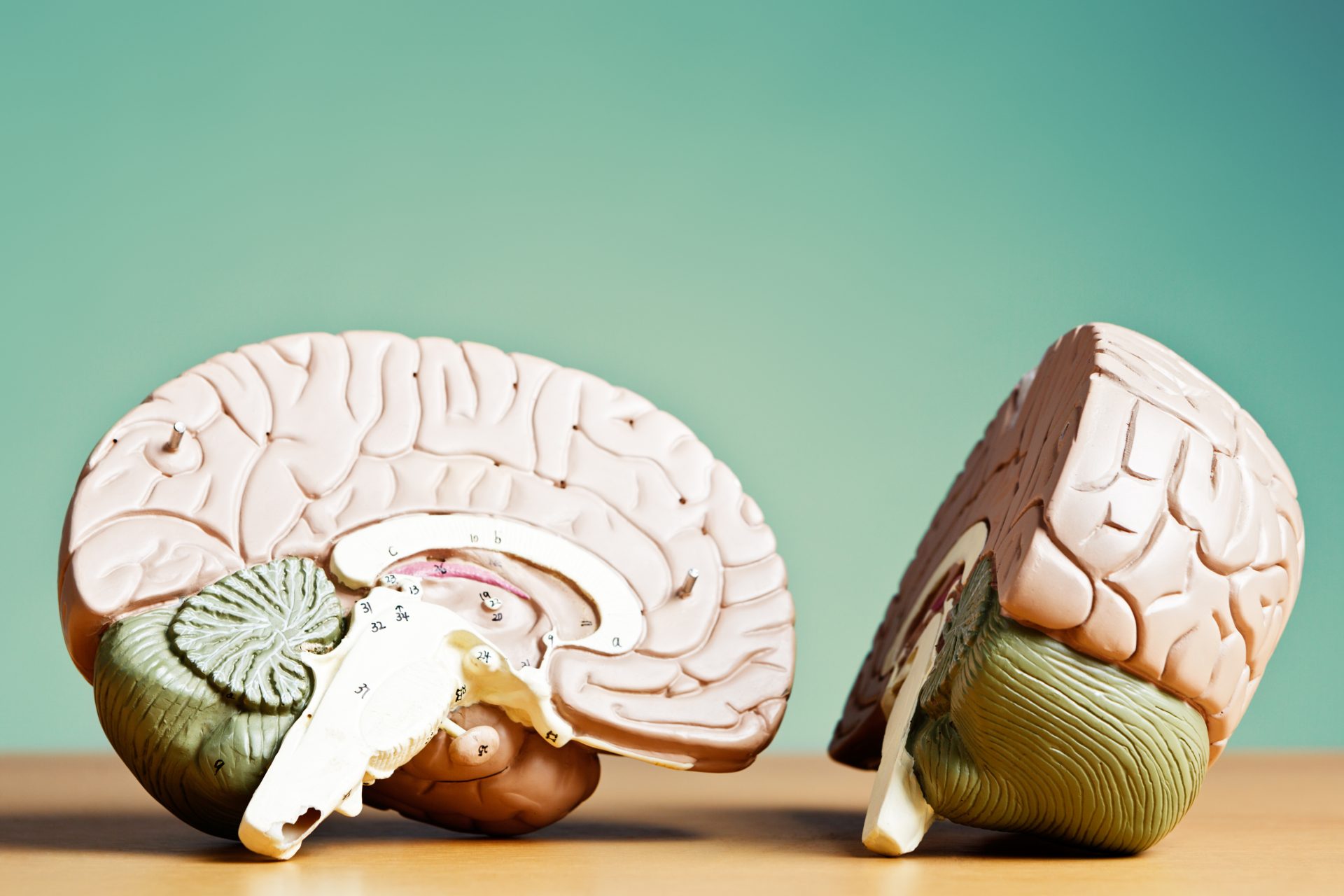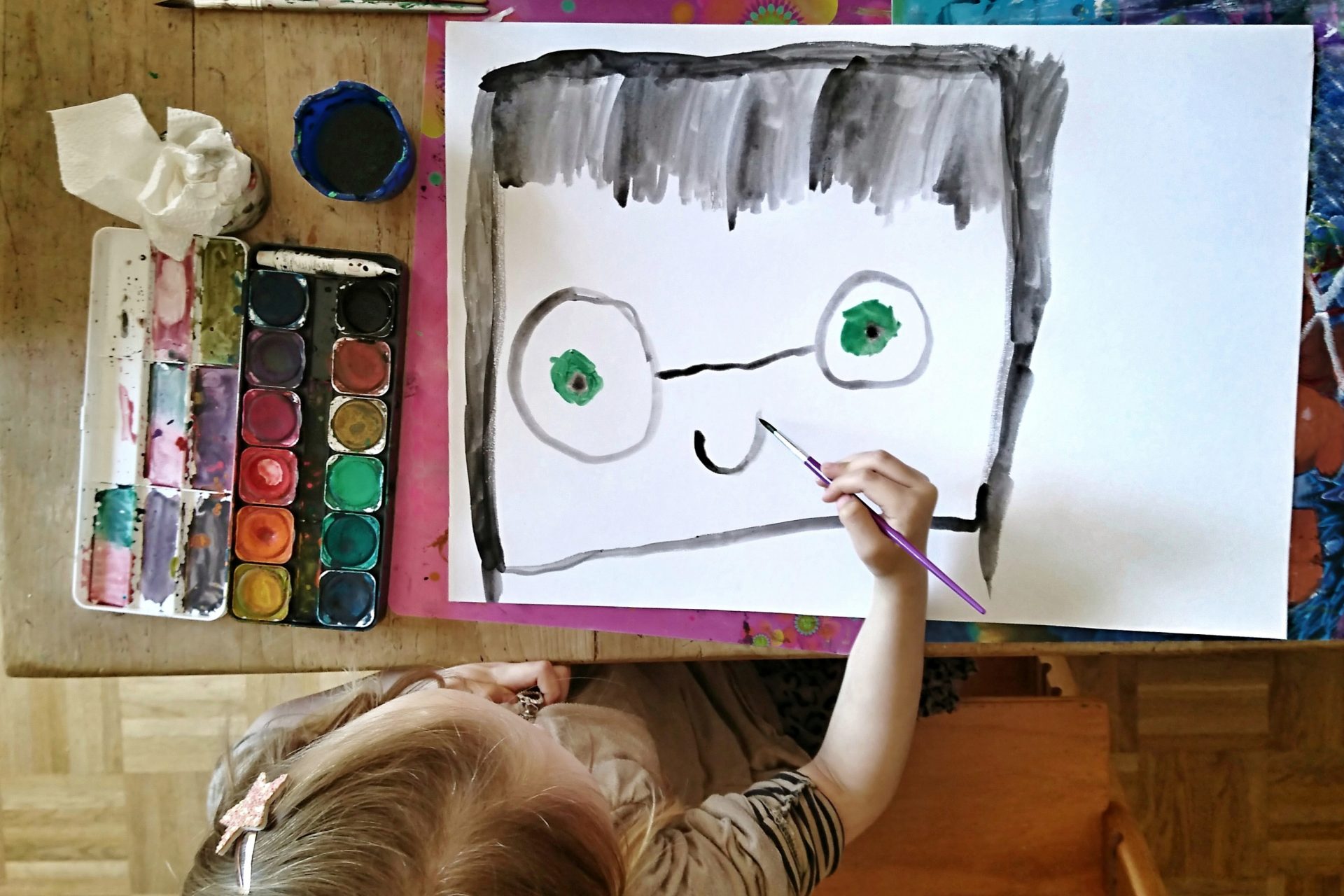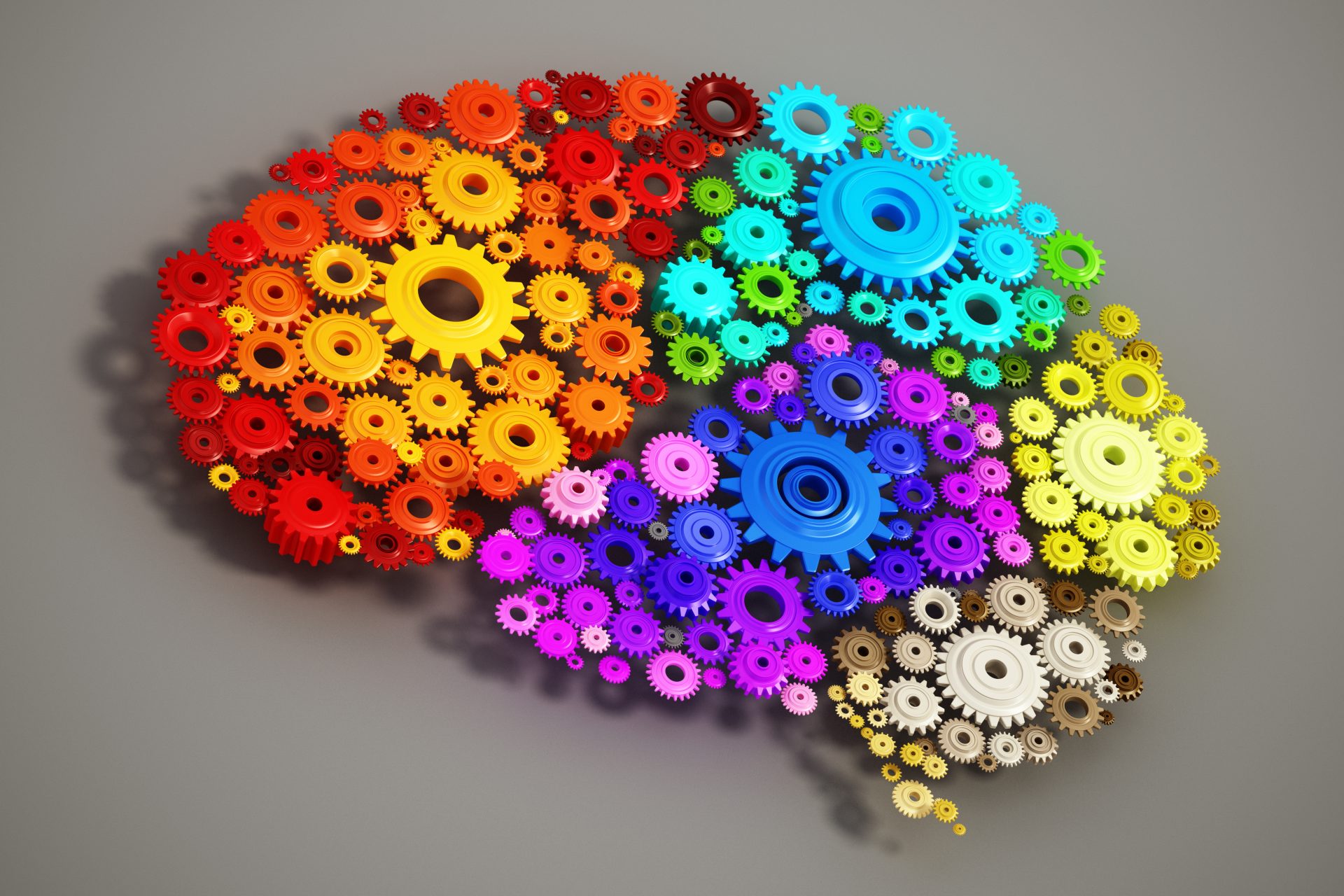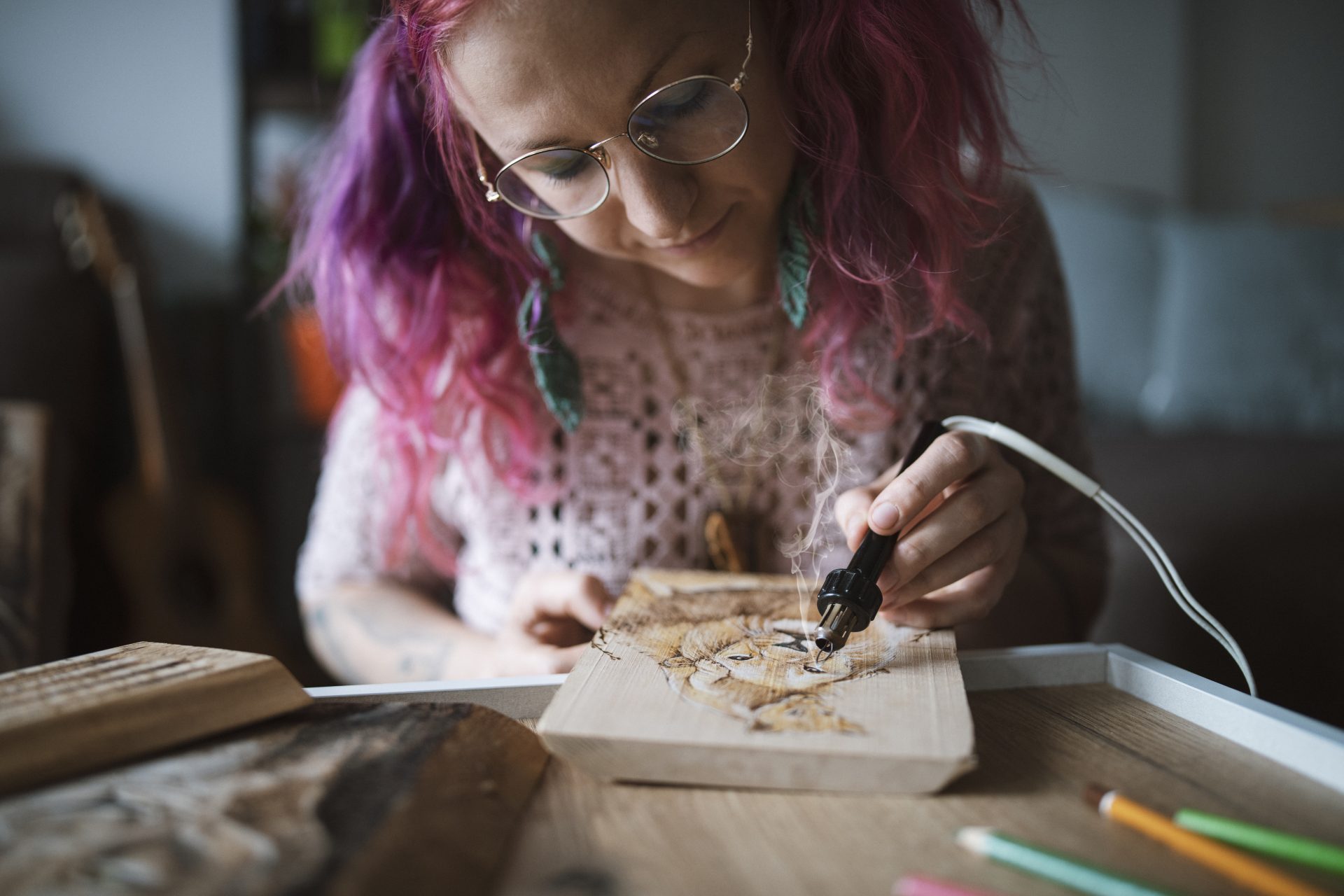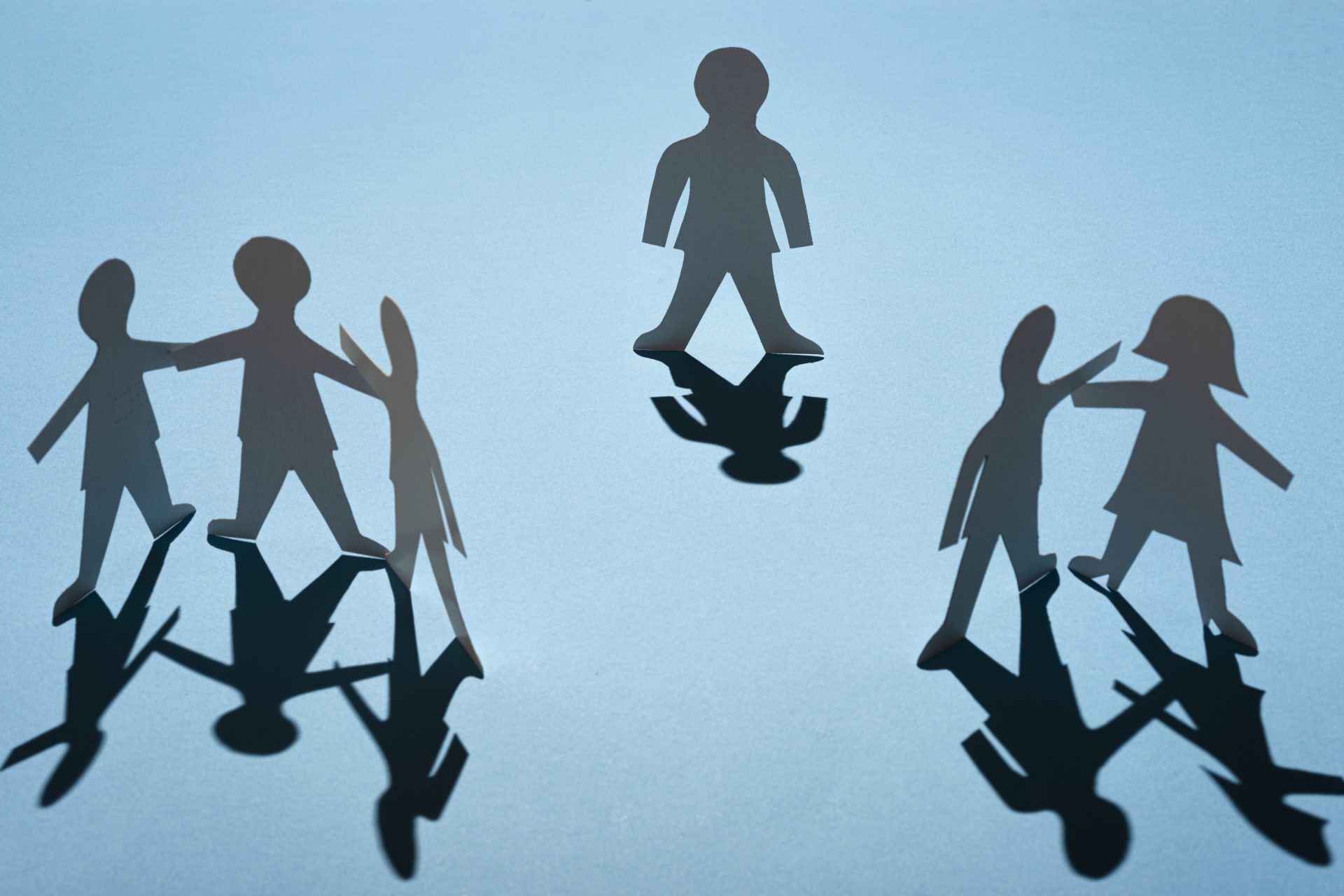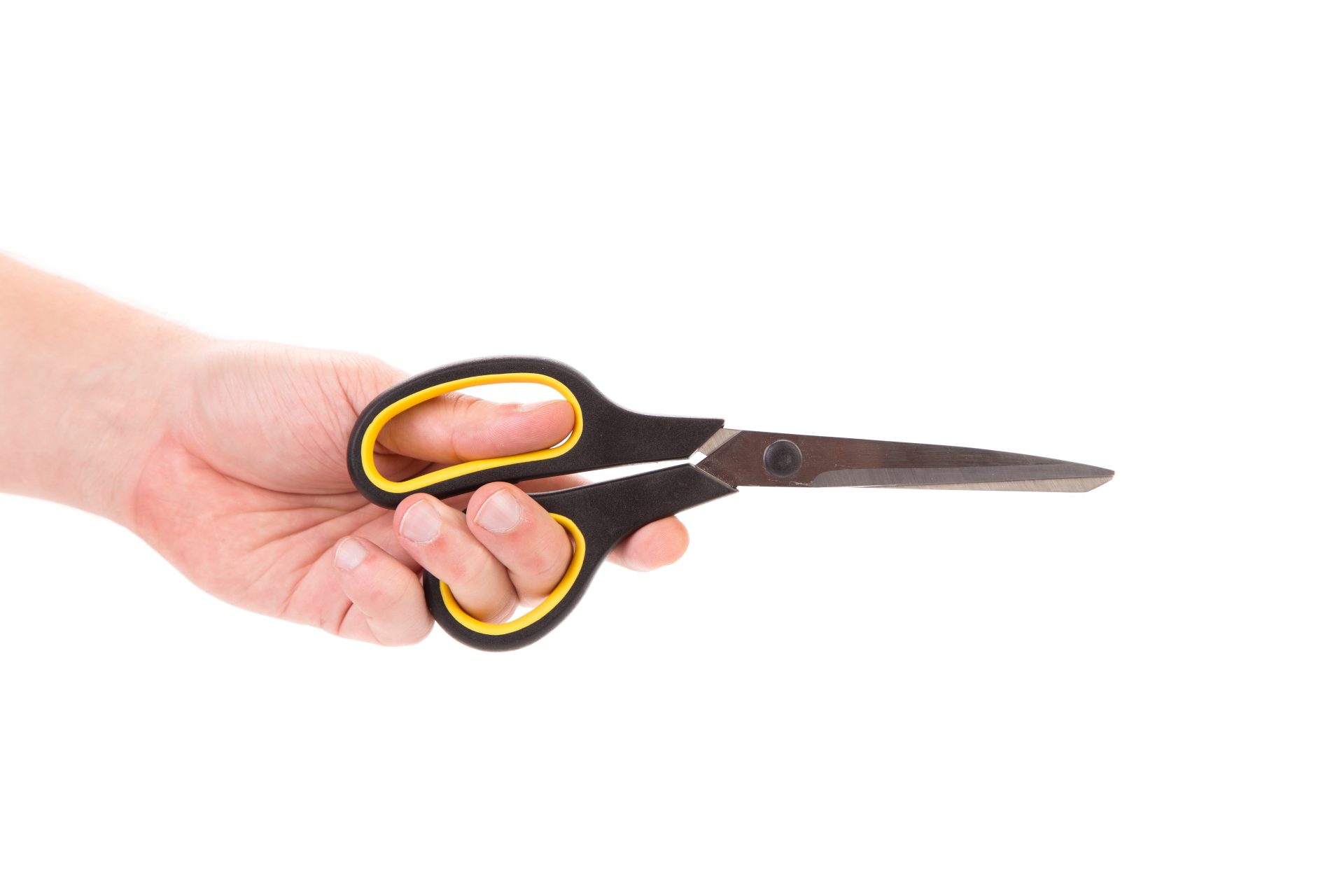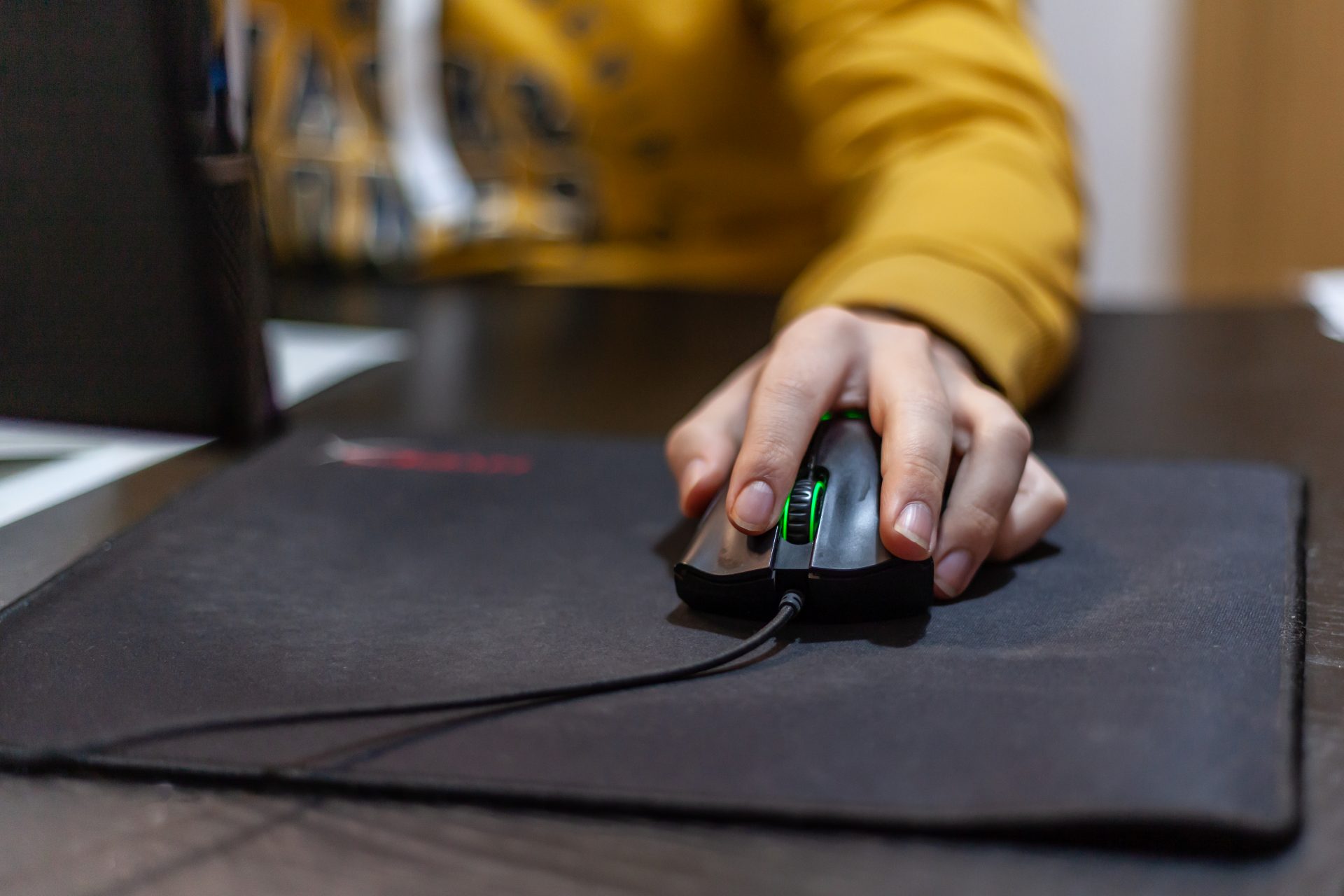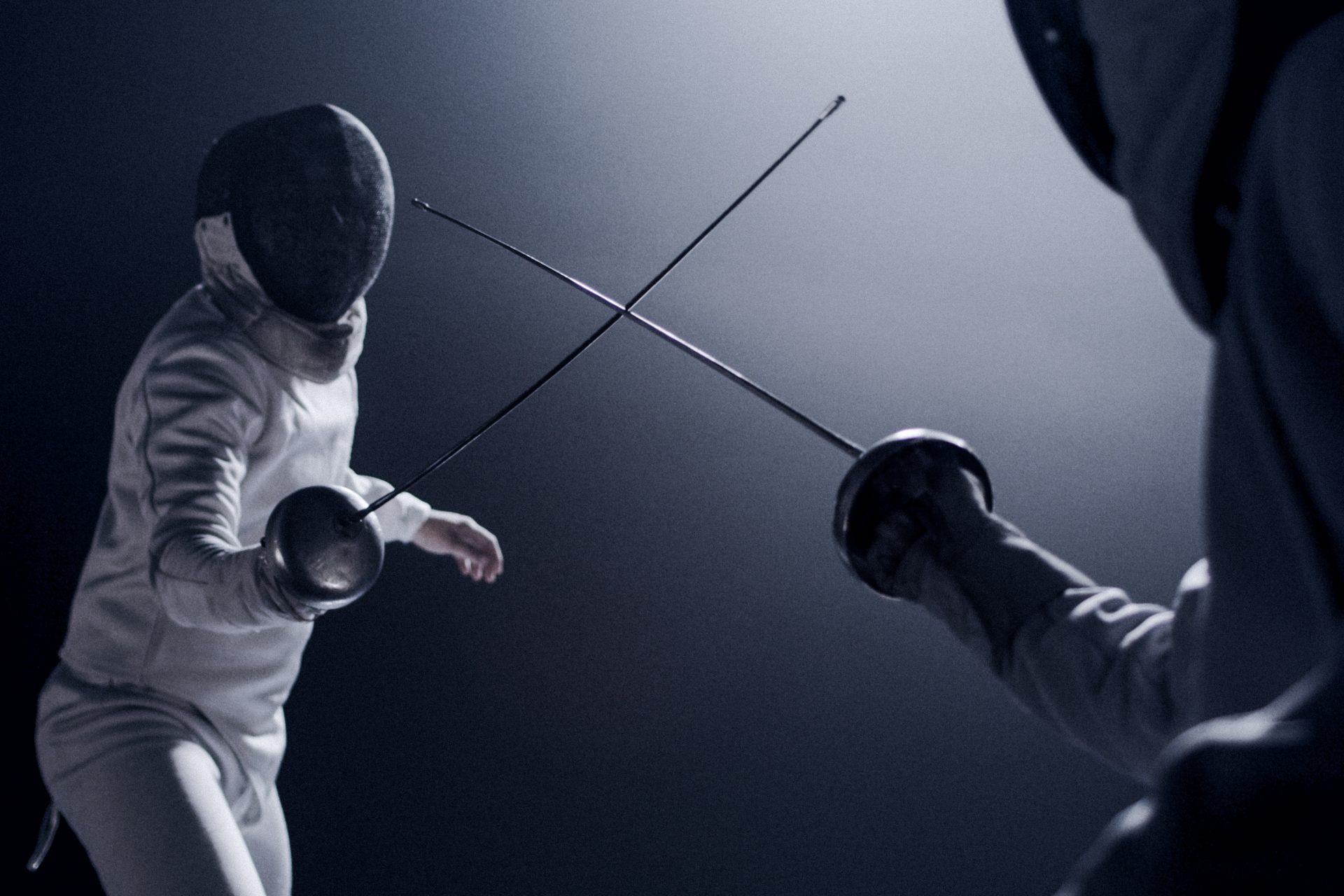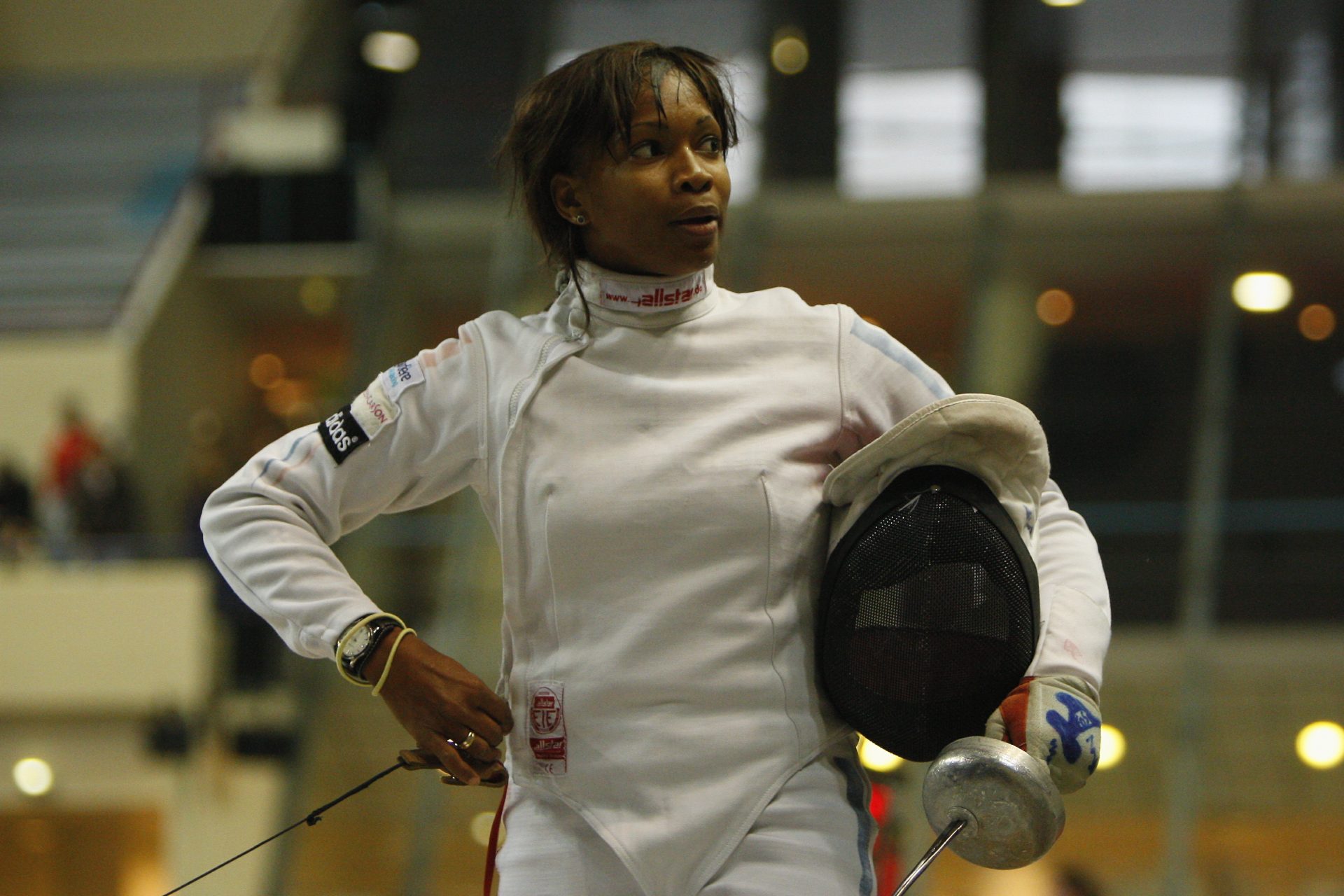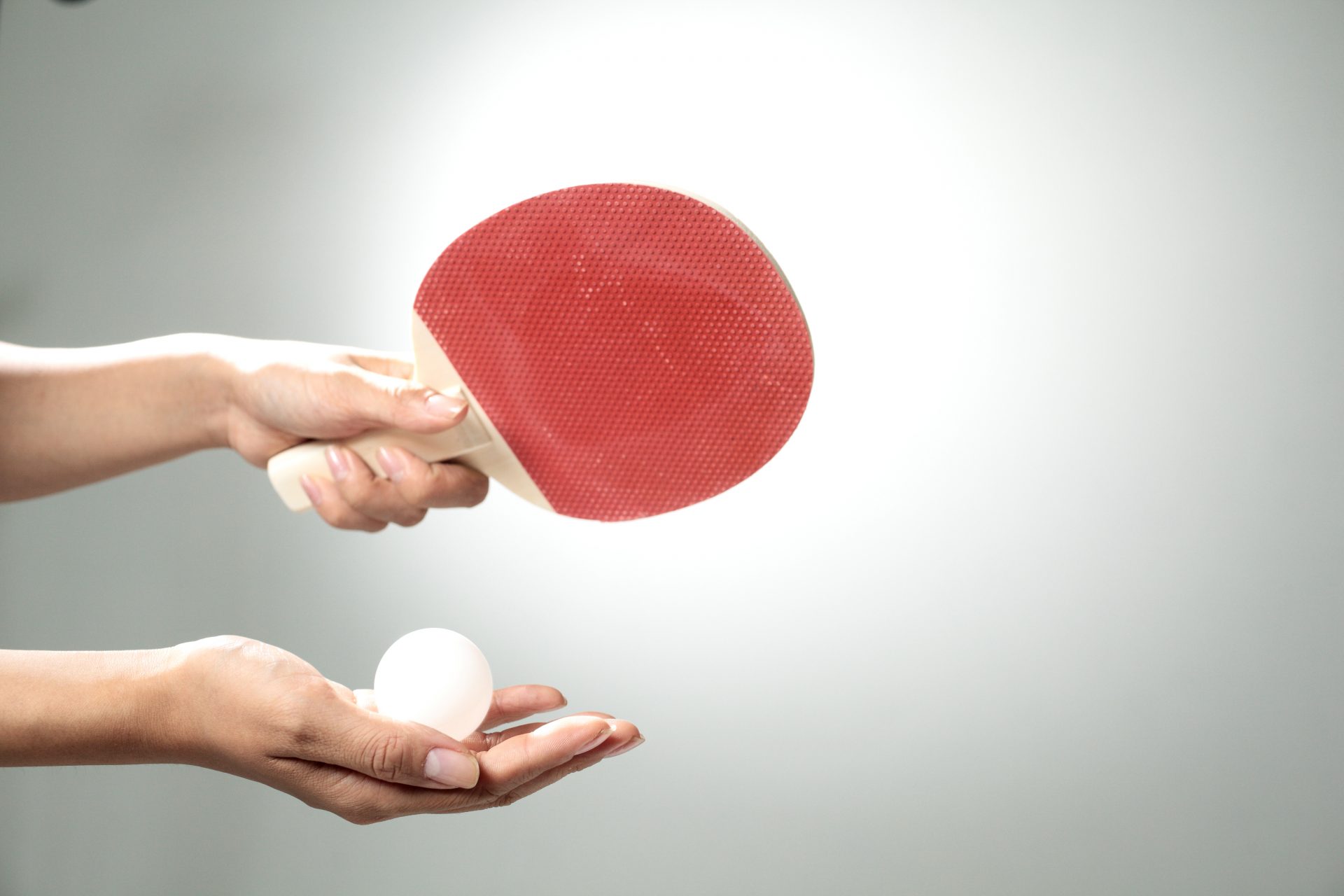Are left-handed people more creative than right-handed people?
What do Jimi Hendrix, Leonardo da Vinci, Kylian Mbappé, Eminem and Michelangelo have in common, other than the fact that they are all geniuses in their respective fields?
If you guessed that they are lefties you are correct! Yes, all five write with their left hands!
According to estimates, left-handers represent only 10 to 15% of the world's population. However, many top artists and athletes write with their left hand.
Photo: Kelly Sikkema / Unsplash
So, do left-handed people have it easier in certain areas? Are they smarter than right-handers, or at least more creative? Many scientific studies have been carried out on the subject, and the results are astonishing.
In the photo: Marie Curie, Nobel Prize in Physics 1903 and Nobel Prize in Chemistry 1911, was left-handed.
The human brain is divided into two parts: the left hemisphere and the right hemisphere. Each half is responsible for a set of brain functions.
The left hemisphere controls language, writing, reasoning and scientific functions.
While the right hemisphere is in charge of artistic abilities, spatial orientation, intuition, reading and hearing. This is called brain lateralization.
The connection between the cerebral hemispheres and the body being crossed (this is the decussation of the pathways), the right hemisphere controls the left side of our body while the left hemisphere controls its right side.
Left-handers therefore have a dominant right cerebral hemisphere, and vice versa for right-handers.
According to several scientific studies, communication between the two cerebral hemispheres of left-handers is faster than in right-handers.
Dutch researchers Roel Willems, Marius Peelen, and Peter Hagoort conducted a study in 2010 that found that left-handers use both the right and left regions of their brain when looking at faces.
On the other hand, for the right-handed people who participated in this study, face recognition is largely localized to the right side of the brain.
Quoted by Business Insider, Eric Zillmer, professor of neuropsychology at Drexel University (Pennsylvania, United States), believes that this less cerebral lateralization in left-handers could help them to be more creative.
Additionally, Eric Zillmer explains that the right hemisphere is involved in divergent thinking, which is a process used to produce creative ideas by considering multiple possibilities.
Since left-handers naturally use this area of the brain more, they potentially have a creative advantage over right-handers.
Living in a minority in a world of right-wingers is not easy. Left-handers must constantly adapt to a society where most tools and environments are designed for right-handers.
On a daily basis, they must therefore use their imagination more, according to clinical psychology researcher Katina Bajaj, and this would further boost their creativity.
“Our creative brain is engaged when we have new and unfamiliar experiences,” explains Katina Bajaj, quoted by Business Insider. “As left-handers constantly navigate a world that requires them to think differently, they become more accustomed to using their imagination, making it easier to access over time.”
Left-handers would also be favored in certain sporting disciplines, particularly dual sports. “In sports where tactical insight and surprise are more important than physical strength, left-handers have a head start,” explains Matthieu Lenoir, professor in the Department of Movement and Sports Sciences at UGent, quoted by Slate.
According to estimates from the daily newspaper Ouest France, despite the fact that they are a minority in society, left-handers represent 25% of fencers and nearly 50% of high-level foilists.
"In these weapons (foil and epee), the trajectory is called ballistic. However, at the level of the brain, the right hemisphere, which governs the left hand, also manages the vision of the action space. This neurological mechanism offers left-handers a shorter reaction time", explained Guy Azémar, former doctor of the French fencing team, to Ouest France.
In the photo: Laura Flessel, French fencer, multi-medalist at the Olympic Games, and left-handed.
Other dueling sports such as table tennis, badminton, and tennis, would also be easier for left-handers, as reported by Science et vie magazine.
But make no mistake, although he reached the heights of tennis with his left arm, Rafael Nadal is right-handed in life! A particularity called crossed laterality that other athletes share, such as Lionel Messi with his left foot, and Kylian Mbappé with his right foot.
Although left-handers appear to have some advantage in creative and sporting fields, it is important to remember that creativity is a complex process, influenced by multiple factors, including environment and education.
Photo: Dragos Gontariu / Unsplash
More for you
Top Stories



